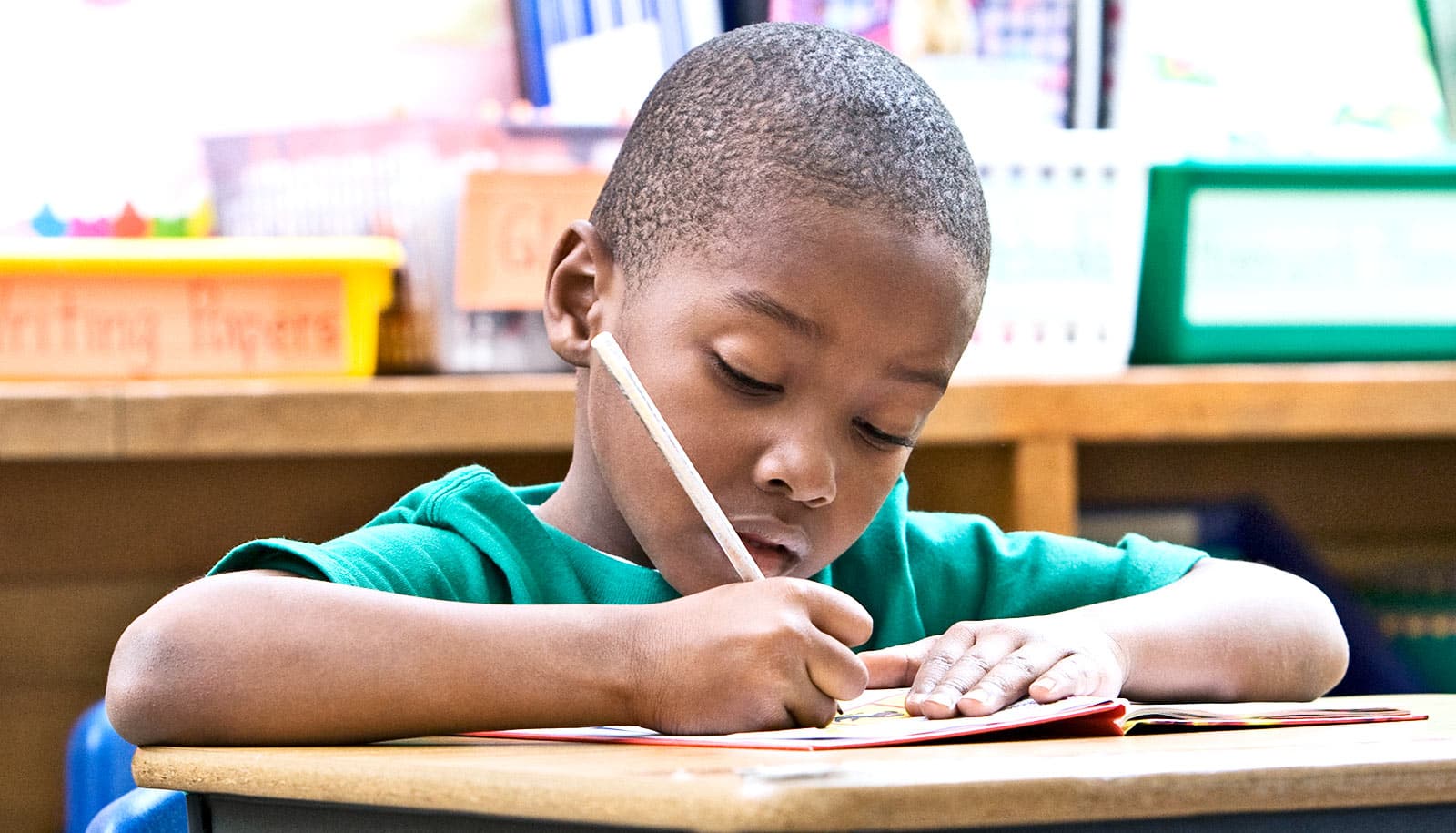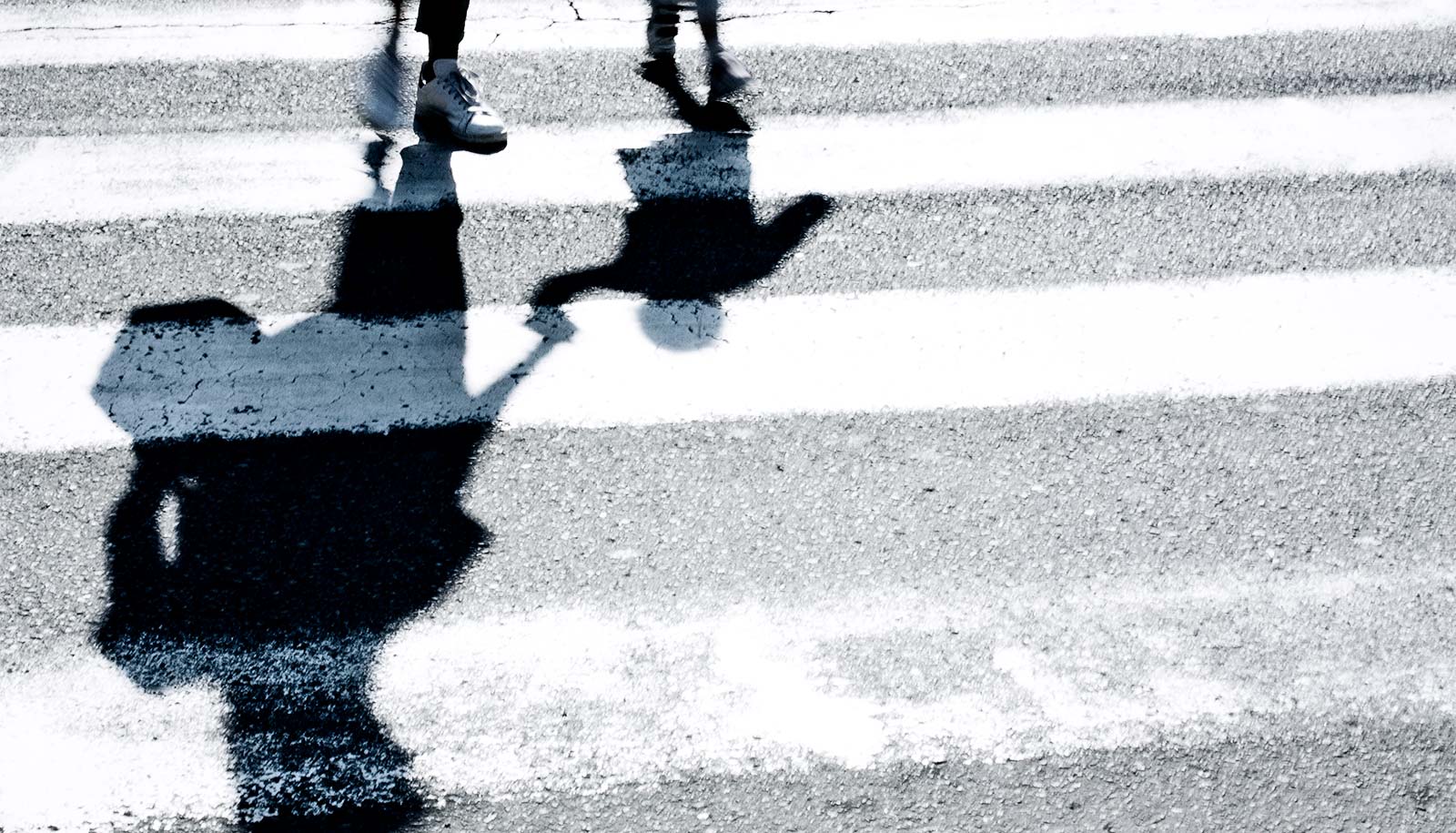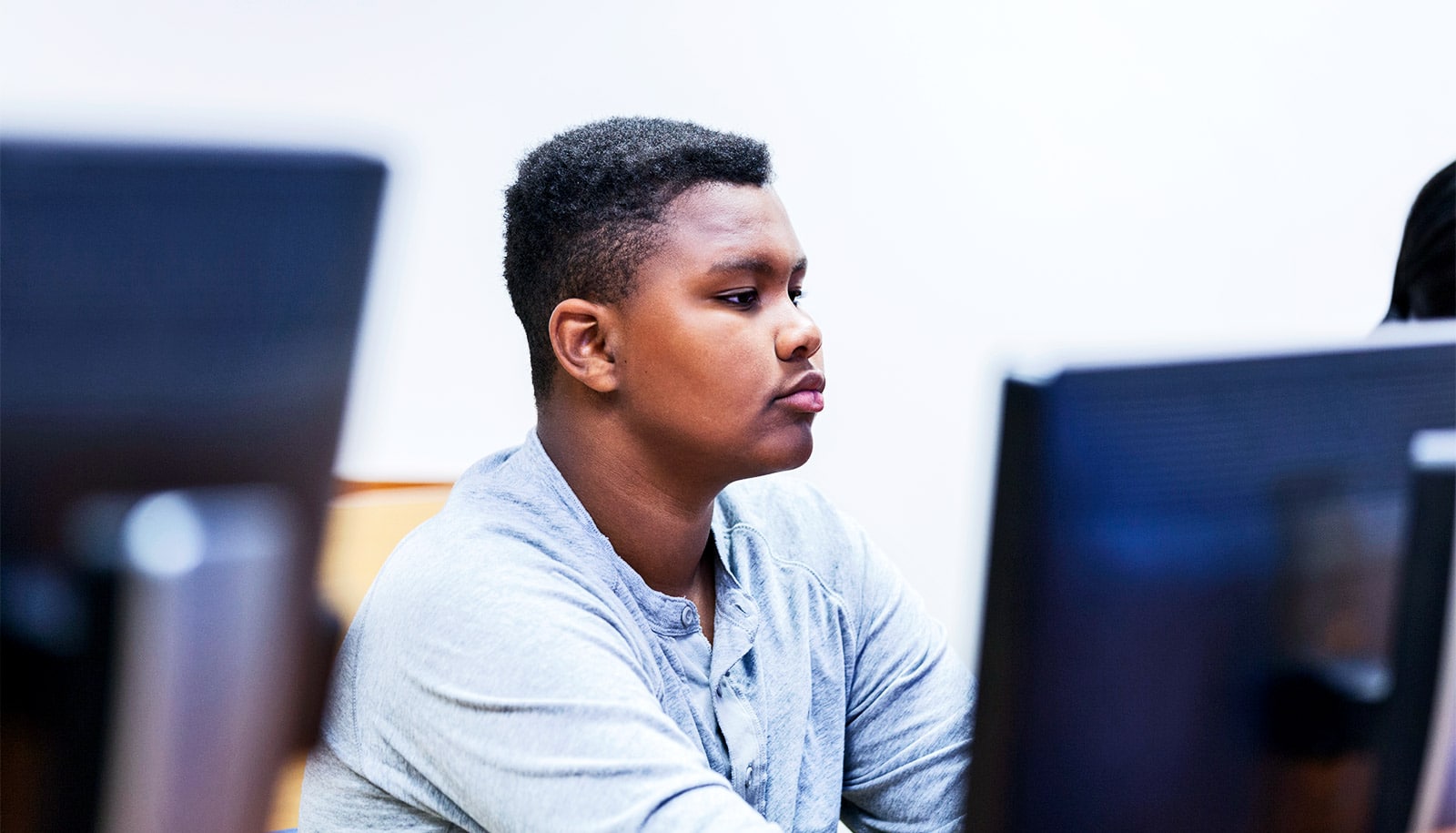White students are more likely to receive special education for higher-status disabilities than are Black, Latinx, and Asian students, a new study of more than 2,000 Wisconsin public schools shows.
Conversely, Black and Indigenous students are more likely to receive special education services for lower-status disabilities compared to white students. Additionally, boys are more likely to receive special education than girls, regardless of race.
The research shows that these patterns are produced, in part, through how teachers notice students’ academic and behavioral difficulties and how they interpret those difficulties.
Some categories of educational disability have higher social status and are associated with more beneficial services than others, says Rachel Fish, professor of special education at New York University Steinhardt.
She identifies higher-status disabilities as having a medicalized explanation of underperformance and being associated with intelligence, such as learning disabilities, autism, and ADHD. Lower-status disabilities include emotional behavioral disorder.
“Teachers’ decisions to refer children for disability testing involve some subjectivity,” says Fish. “In general, teachers are trying to find the best way they can to support their students, but racism and sexism shape these decisions.
“For example, if a child has behavioral difficulty during reading, teachers have to first, notice the difficulty, and second, interpret that difficulty. Is it a disciplinary issue, a motivation issue, boredom due to potential giftedness, or might the child have dyslexia? This study sought to understand how race and gender matter to this kind of decision-making.”
For the study in Social Science & Medicine, Fish analyzed data from the Wisconsin Department of Instruction that identified whether or not a sample of 429,488 students in 2,214 Wisconsin schools had an Individualized Education Plan (IEP), meaning they received special education services.
She then created a predictive analytical model using the IEP data to determine the probability of students receiving special education services across race and gender, controlling for variables such as socioeconomic status. Her research team also conducted interviews with 27 teachers regarding 200 students in Wisconsin public elementary schools to understand teachers’ perception of students’ needs.
Fish determined that boys are more likely to receive special education than girls. She also found that white children are more likely to receive education for higher-status disabilities and Black and Indigenous students are more likely to receive special education services for lower-status disabilities.
Fish notes that while a student’s educational disability diagnosis is a multi-step process with input from many individuals, teachers are the primary source of referrals for special education testing, and their referrals are largely confirmed by the diagnostic process. As a result, teachers’ subjective assessments of students, including those informed by biases, play a prominent role in students’ disability diagnoses.
From the study’s interviews, teachers revealed low academic expectations for their students of color and girls, either failing to notice academic difficulties or perceiving these difficulties as “normal” for children of color and girls across race, especially if they were well-behaved.
However, teachers focused on disruptive behavior in children of color. Teachers often interpreted academic and behavioral difficulties as “choices” for children of color, or as caused by racial inequality rather than disability.
Most of the teachers were aware of racial inequality in schooling, and of racial inequality in special education, Fish says. Some felt that the best way to support equity was to resist referring children of color to disability testing, and that this was one way to hold them to higher expectations. Other teachers felt that recognizing difficulty, and diagnosing disability, was the best way to work for equity, by helping struggling students of color.
“Teachers were stuck with two imperfect options for struggling children of color. They could medicalize the difficulty as disability, which allocates services but has some harmful effects, or they could resist referral for testing, thereby reframing the difficulty as an obstacle to overcome with grit,” says Fish.
The National Academy of Education and the Spencer Foundation funded the work.
Source: NYU



